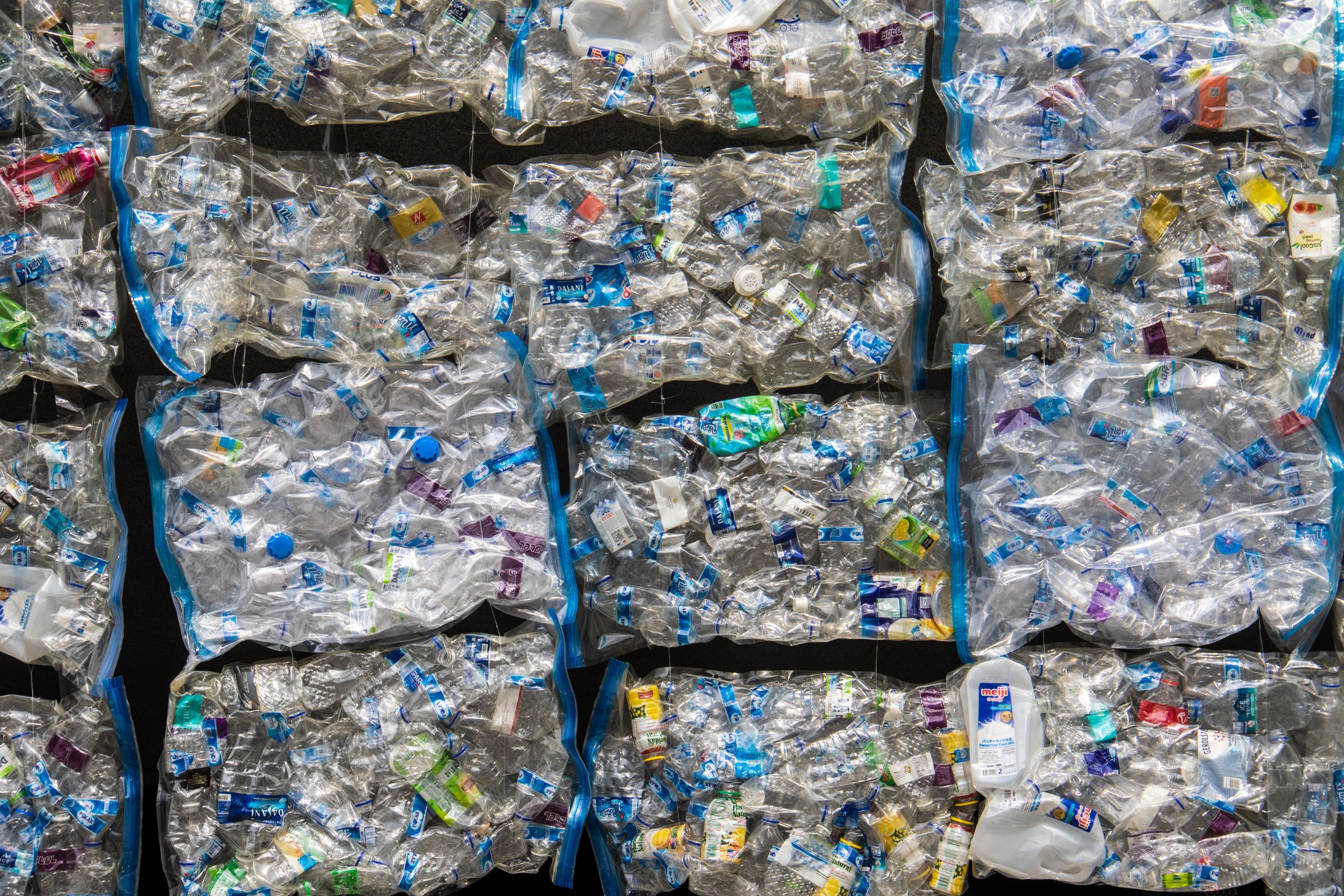Plastic Is Not the Enemy (Copy)
by Aida Mercado
Many people begin their sustainability journey by declaring war on plastic and attempting to drastically reduce the use of it, myself included. If we do an online search of the terms “zero waste" or " low waste” we are bombarded with information on the three R’s that gained popularity years ago; Reduce, Reuse, Recycle. We read about the many ways we can contribute to a healthier planet, but for some reason we focus on visualizing plastic as an enemy that must be stopped. This article is not intended to dismiss the negative impact this material has on our planet. We should always make an effort in finding plastic-free alternatives and reducing plastic pollution, but we should understand that not all plastic is created equal.
Some plastic products are essential, and our lives may depend on them, like those used in the healthcare industry. Prior to the 20th century, medical devices were made of metal, ceramic and glass. They were reusable, but this allowed for cross contamination. Plastic is now used to create medical tools and supplies like gloves, syringes, insulin pens, catheters, oxygen masks and blood bags, etc. Single use plastic in the medical field provides a safe environment for patients and caregivers. This material is also versatile, so it plays a crucial key in high tech computer-based equipment, which can range from X-ray and MRI machines to incubators. On the other hand, plastic is fairly inexpensive, which allows for accessibility to safe healthcare to a larger percentage of the population.
Plastic is known to be durable, consequently many automobile and aircraft parts require the use of it. Plastic in the automobile industry debuted before World War II, but it took decades for it to become favorable over steel. The realization that it has a lower cost, is lightweight which allows for fuel efficiency, is corrosion and chemical resistant and provides increased safety in case of a collision is the reason why plastic is now accountable for nearly half a vehicle’s volume. Similarly, in aerospace production, these factors play a huge role. This can be viewed as a huge step up in modern technology, considering that in the early 20th century aircraft were constructed using wood frames and fabric surfaces.
Additionally, some single use plastics are necessary in other areas of our lives, for health and safety reasons. Plastic utensils and cups are needed in soup kitchens. Plastic is a safe and inexpensive way to transport food, medication and personal items in an emergency response to a natural disaster. During the height of the pandemic in 2020, we all brought more plastic into our lives, even if done unintentionally. We purchased hand sanitizer, soaps, disinfectants and groceries. Our food supply chain was disrupted and we had to consume what was available, even if covered in excessive plastic.
The concerning issue is overusing single-use plastic out of convenience, and how consumers are made to feel responsible. In fact, our main responsibility is only demanding that corporations do better. Let’s ask our government and businesses to continue researching and finding safer alternatives. Many of us are privileged to have choices. If we have the opportunity to safely choose plastic-free, we should. If we can reduce our consumption of it, let's do so. When we do purchase, we should recycle if recycling is accessible. Most importantly let's comprehend that while plastic may be useful at times, it is useless in many others. We may never have a plastic-free world, but we can definitely reduce the amount of inessential plastic we do elect to purchase.
Let’s do it for future generations and for our planet!


